The user interface that links an operator to the controller of an industrial system is known as a human-machine interface (HMI). Industrial control systems (ICS) are a combination of hardware and software used in industrial settings, including those where critical infrastructure is concerned, to monitor and manage the functioning of equipment and related devices. Read More…
With over 30 years of experience, ALMAX is a leading manufacturer of membrane switch assemblies, printed/flexible electronics, and interactive technologies. Our engineering and manufacturing capabilities are implemented and trusted around the globe, and we're proud to offer our clients a complete range of services that meet the highest standards of quality and reliability.

Design-Mark Industries is a leading manufacturer of high-quality membrane switches and related products, serving a variety of industries including medical, military, and industrial equipment. The company was founded in 1972 and has since become a trusted partner for companies looking for innovative and reliable solutions.
Membrane switches are a type of user interface that...
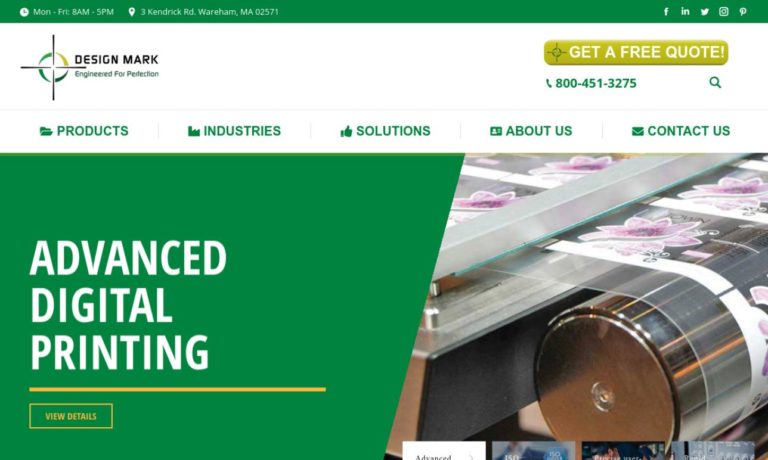
Printec is a leading company that specializes in the design and manufacturing of high-quality membrane switches. With years of experience and expertise in the field, Printec has established itself as a reliable and innovative supplier of membrane switch solutions to a wide range of industries, including medical, automotive, aerospace, and industrial equipment.
Printec's membrane...
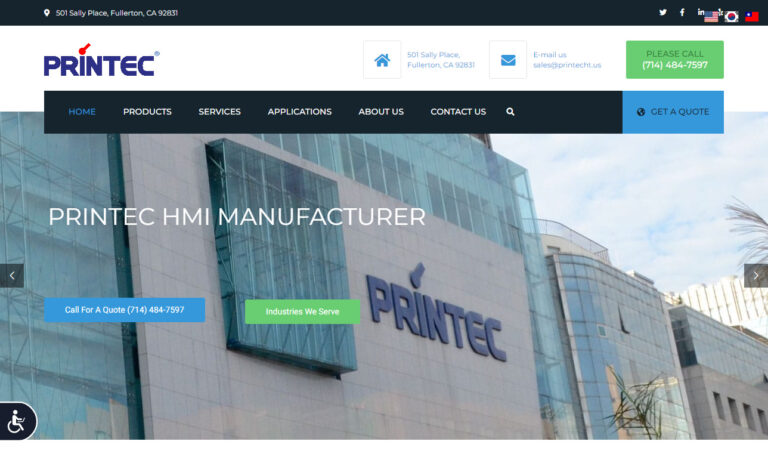
More HMI System Manufacturers
Electronic components for signaling and controlling automation systems are included in an HMI. Some HMIs also convert the data from industrial control systems into visually appealing representations that are easy for people to understand.
An operator can view system schematics, turn switches and pumps on or off, raise or lower temperatures, and more through the HMI. PLC’s, and other industrial controllers frequently installed on Windows based computers, communicate with HMI’s.

Functions of HMI Systems
Operators are capable of starting and stopping cycles using HMI systems. Operators can adjust set points and other tasks necessary to interface with and adapt a control process using HMIs. Since the HMI is software-based, it can be quickly modified and updated because software parameters take the role of physical cables and controllers. They link the human operator and the intricate logic of one or more PLCs, enabling the operator to control several functions across dispersed and possibly complex processes from a single location while focusing on the process rather than the underlying logic.

Types of HMI Systems
The different types of HMI systems include:
Data Handler
Applications that need continuous feedback from the system or printouts of the production reports are ideal for the data handler. You must check the HMI screen’s size with the data handler to see information like graphs, data visualizations, and production summaries. In addition, the data handler has features like recipes, data trending, data logging, and handling and logging of alarms. Applications that call for continuous feedback and monitoring use the data handler. These data controllers frequently have built-in huge capacity memories.
Push Button Replacer
A control could include hundreds of pushbuttons and LEDs doing various functions before the HMI was invented. Manufacturing procedures have been reduced by the pushbutton replacer HMI, which has combined each button’s operations into one spot. The pushbutton replacer replaces any mechanical device that performs a control function, including switches, On/Off buttons, LEDs, and On/Off buttons. The HMI performs the same functions as these mechanical devices while visualizing them on its LCD screen, making their deletion conceivable.
Overseer HMI
An overseer HMI is very helpful if a SCADA or MES program is involved. The overseer HMI has many Ethernet connectors and most likely needs Windows to function. The supervisor utilizes MES and SCADA. These centralized systems watch and manage entire facilities or groups of enormous systems dispersed over sizable areas. So an HMI can supply trends, diagnostic data, and management information; it is typically connected to the SCADA system’s databases and software programs.

Advantages of HMI Systems
- The ability to customize the interface of an HMI is one of its most advantageous characteristics. The most sophisticated applications, with several screens and active routines, can be completely supported by an HMI. An HMI’s controller can be programmed directly in the HMI by the user if they want to do something more straightforward. Every HMI has a unique set of functionality; some can play audio or video, while others let you control it remotely. All of the usual user skills should be accounted for while designing the user interface, as well as environmental factors such as noise, lighting, dust, vision, and technological advancements.
- The HMI’s intuitive control results in fewer mistakes and improves operational safety. Two-hand operation is another characteristic of Multi-Touch, which prevents users from performing some tasks with one hand. This function aids in avoiding errors that could be expensive or even fatal.
- Usability: Multi-Touch motions are simple to use and relaxing. You receive navigable toolbars that are user-friendly rather than complicated menu systems. Users can easily slide items around to obtain the information they require.
- Reduced training time: Multi-simplicity of use contributes to a shorter training period. Less experienced users can handle more projects safely and easily, and users can become familiar with the system more rapidly.
Choosing the Proper HMI Systems Supplier
To make sure you have the most positive outcome when purchasing HMI Systems from an HMI Systems Supplier, it is important to compare at least 4 or 5 Companies using our HMI Systems directory. Each HMI Systems Supplier has a business profile page that highlights their areas of experience and capabilities and a contact form to directly communicate with the manufacturer for more information or request a quote. Review each HMI Systems business website using our proprietary website previewer to get an idea of what each company specializes in, and then use our simple RFQ form to contact multiple HMI Systems companies with the same message.

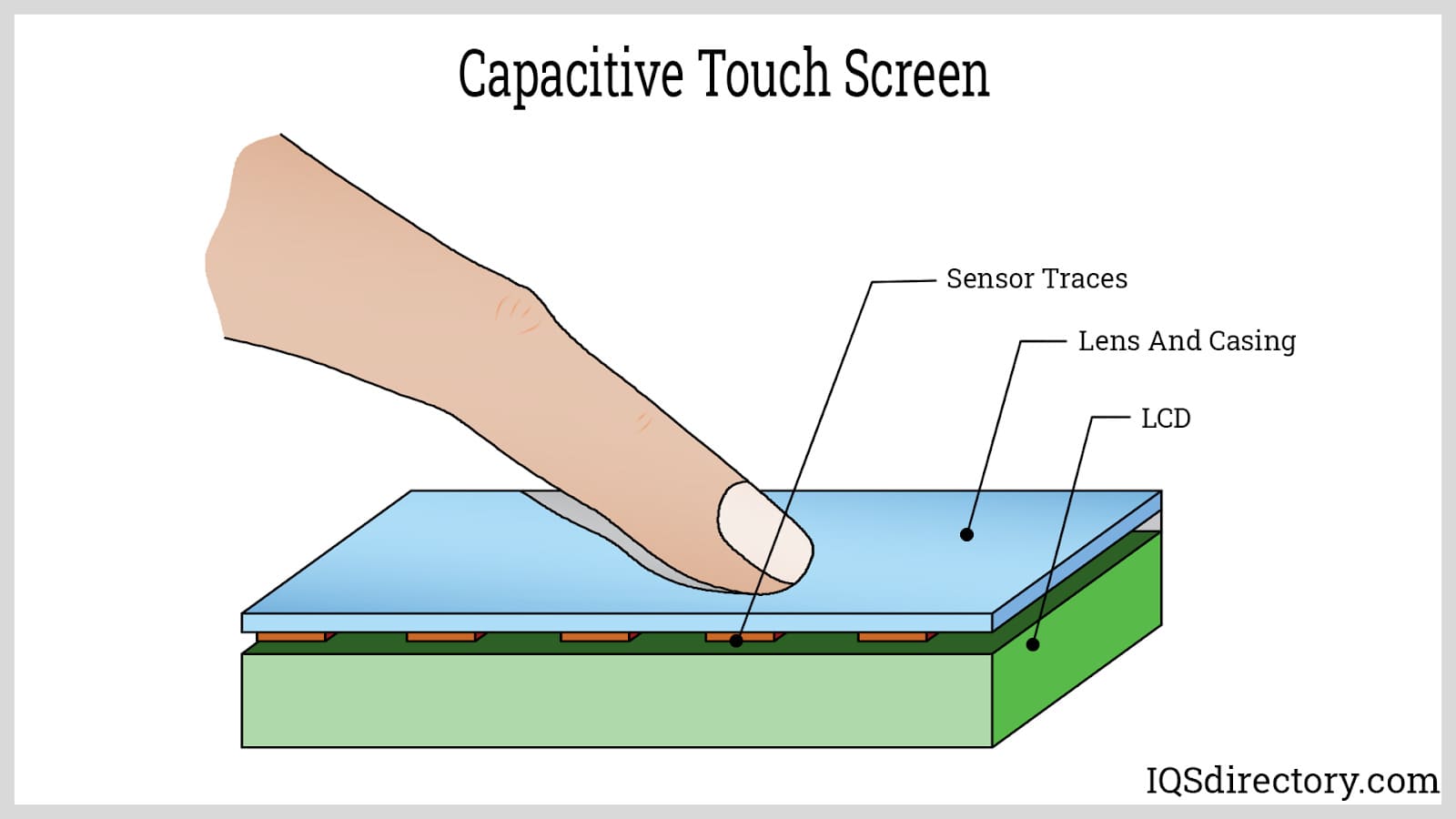
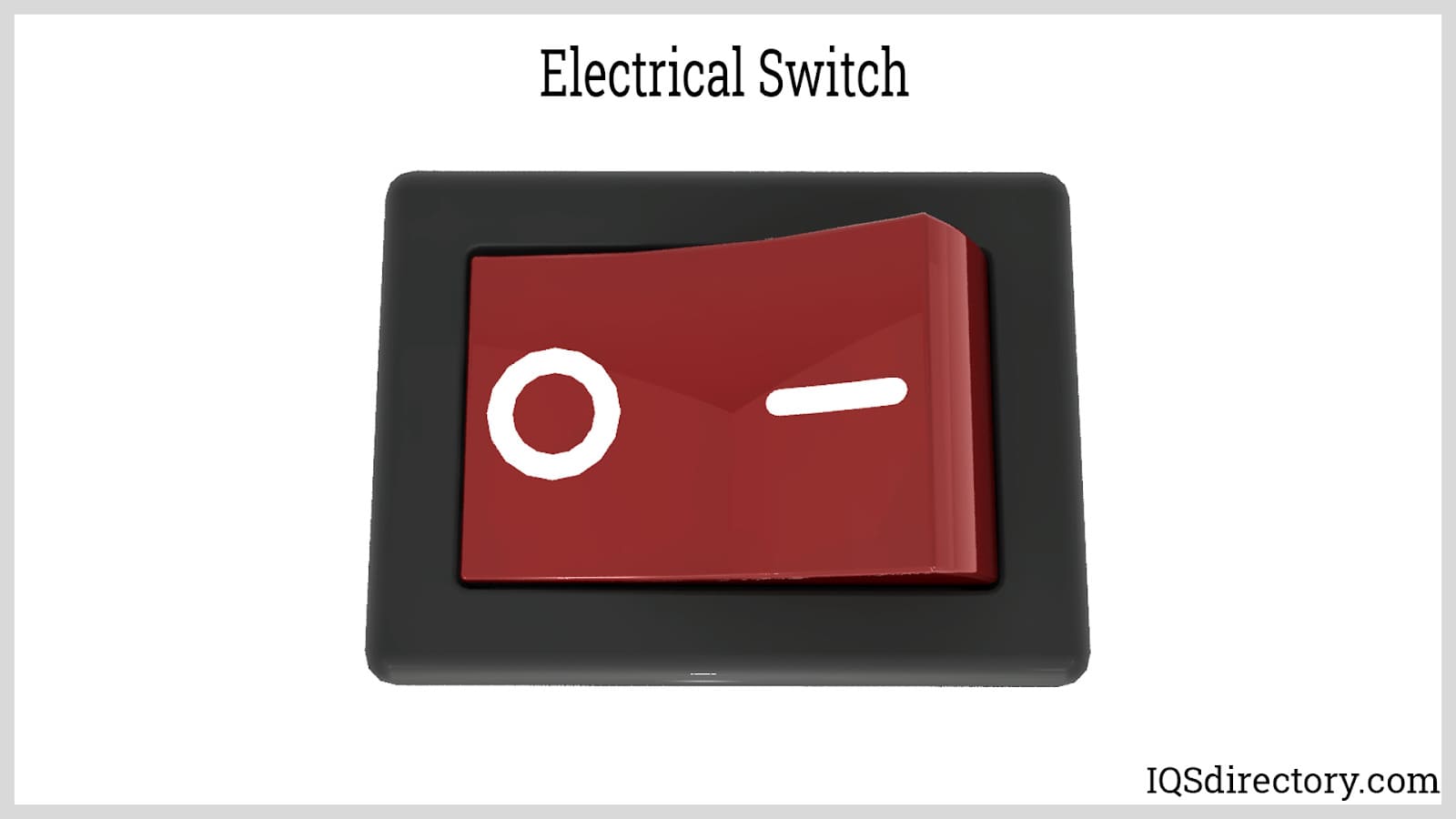
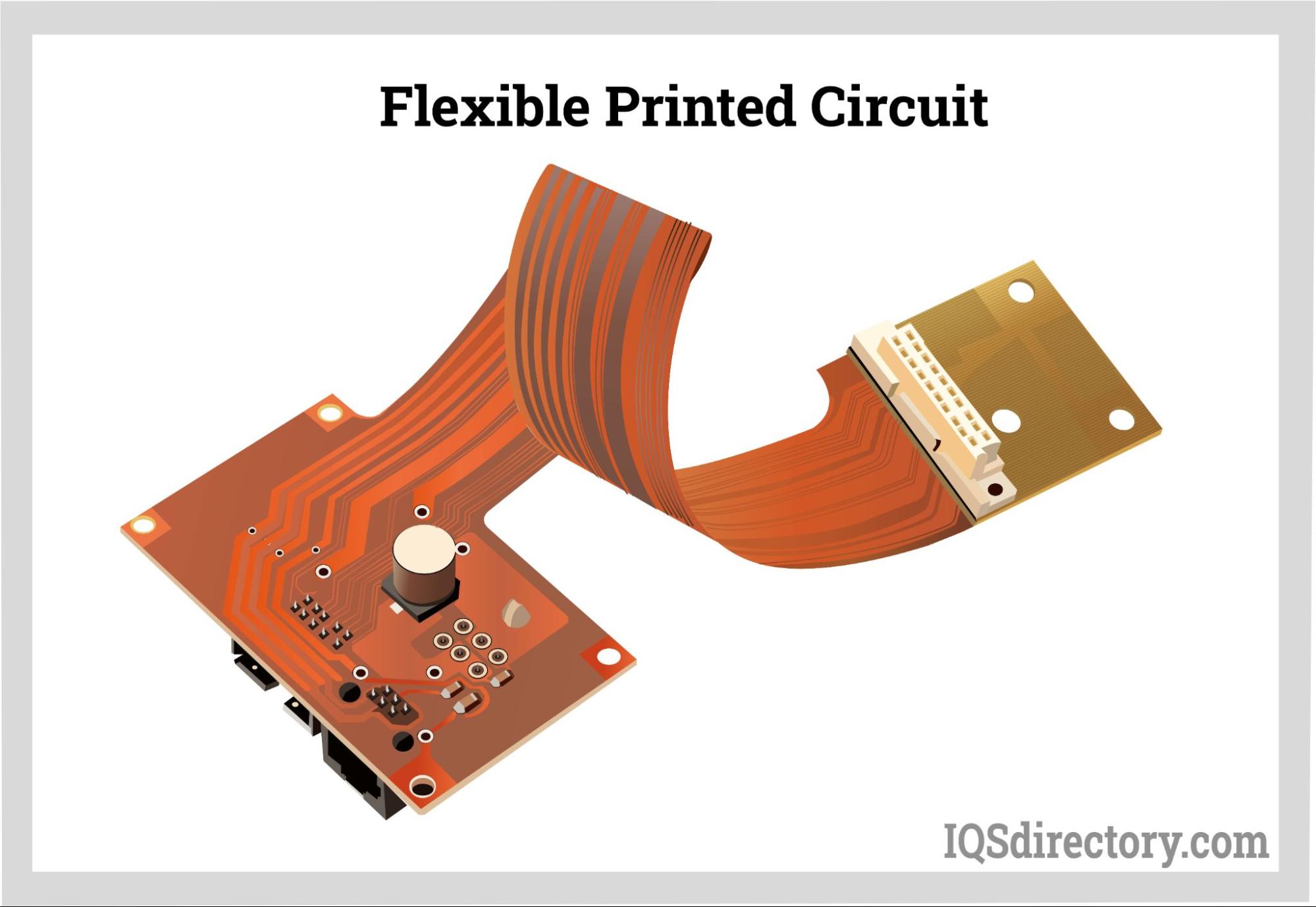

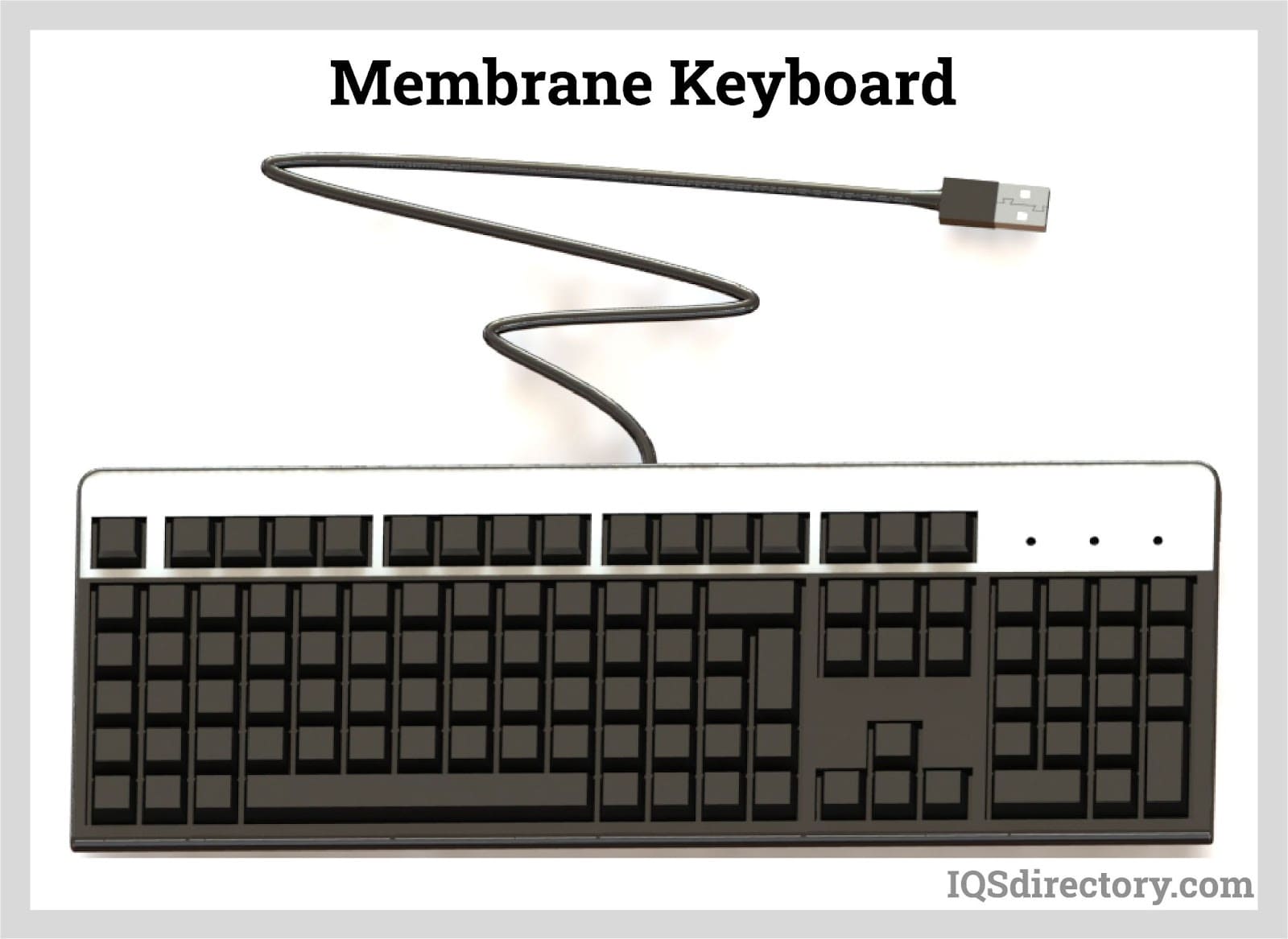
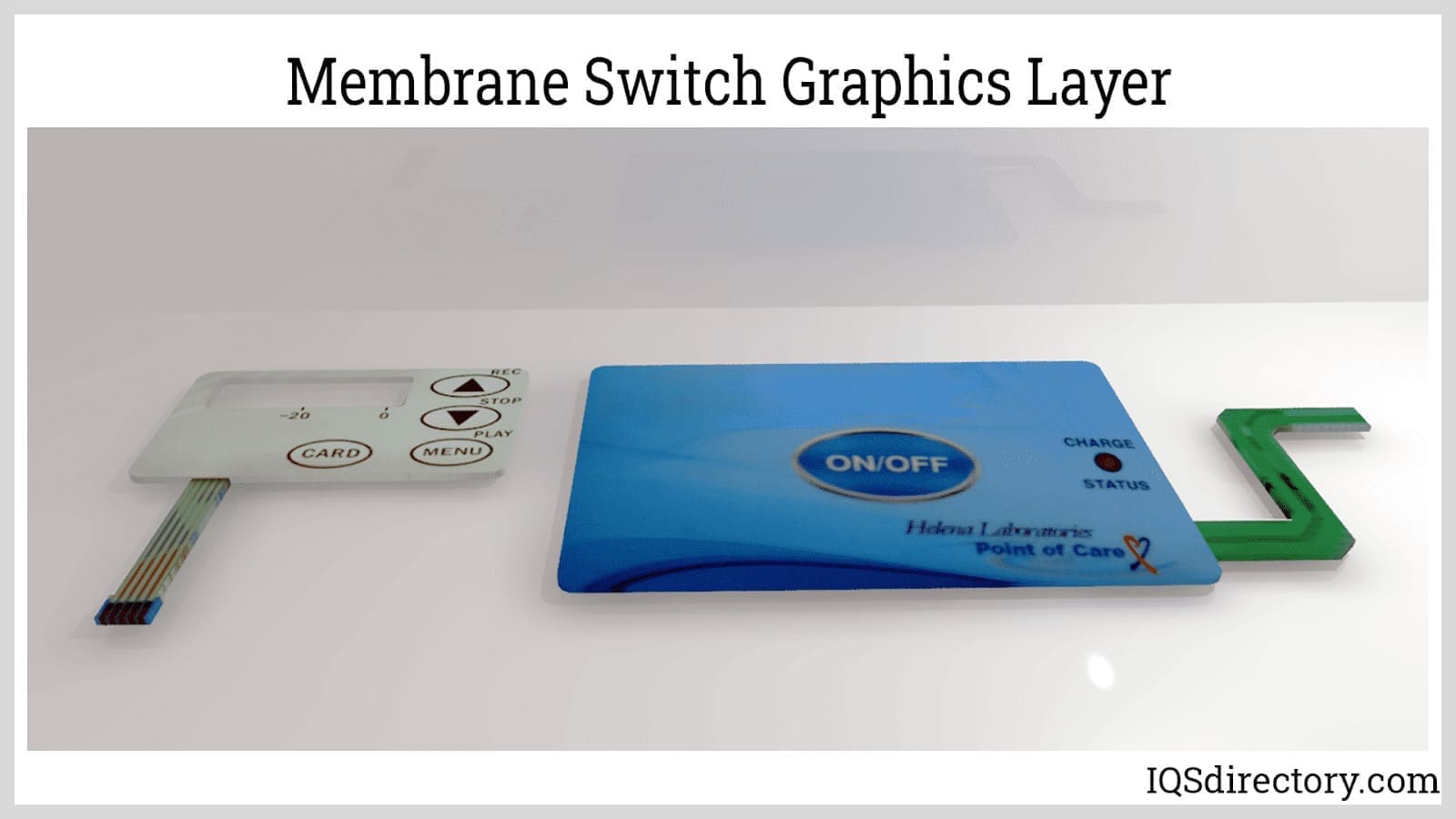
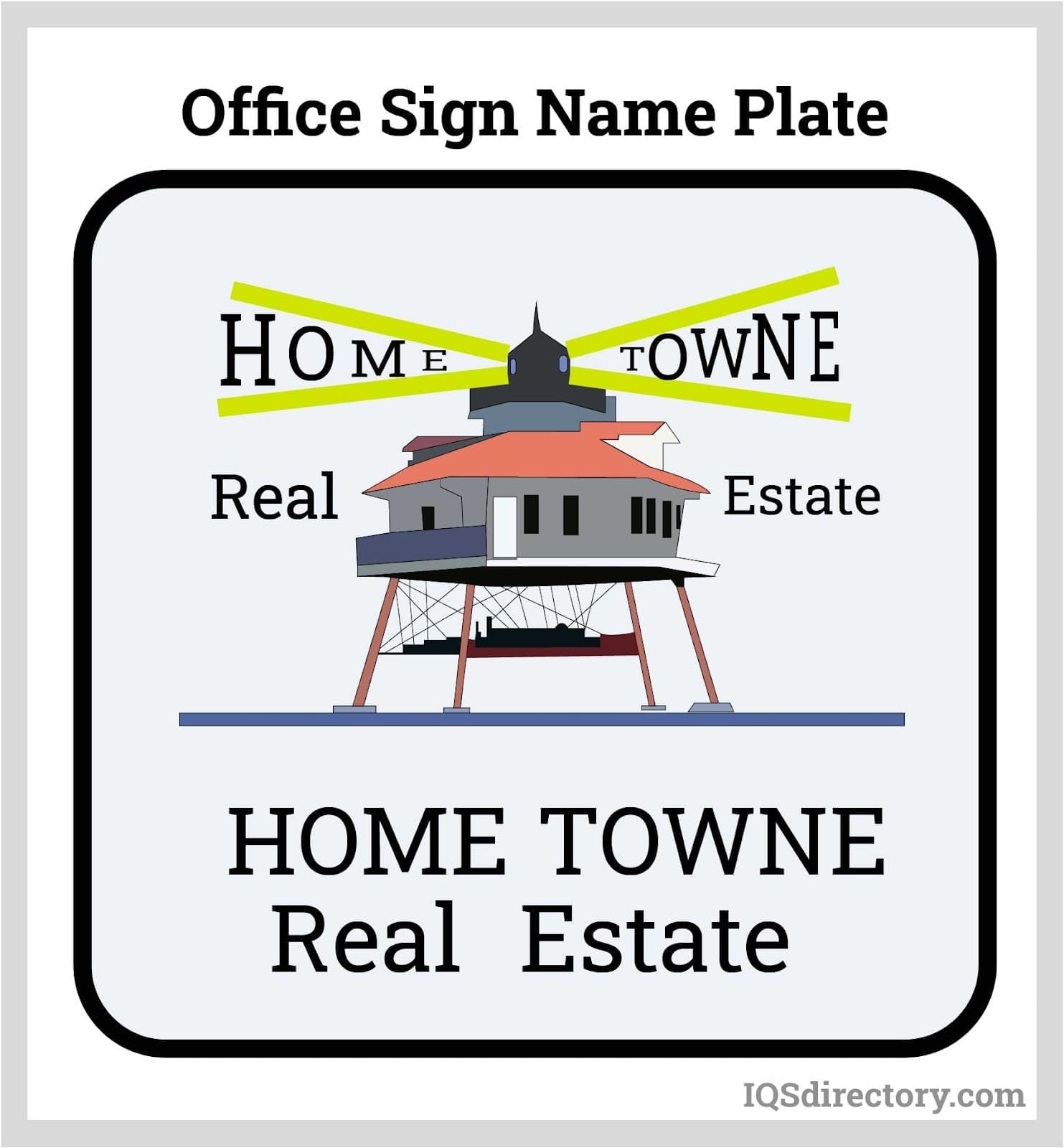
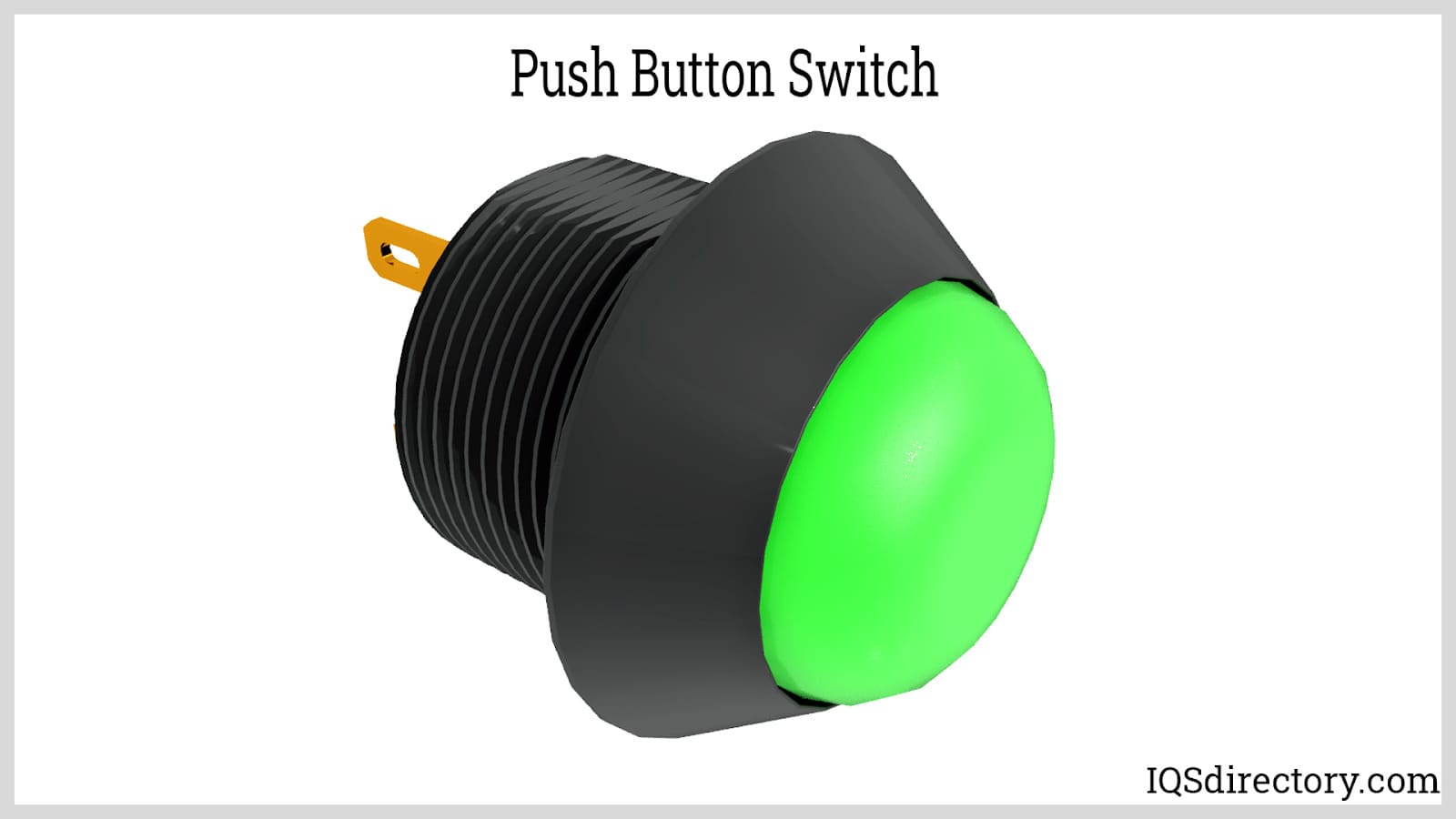
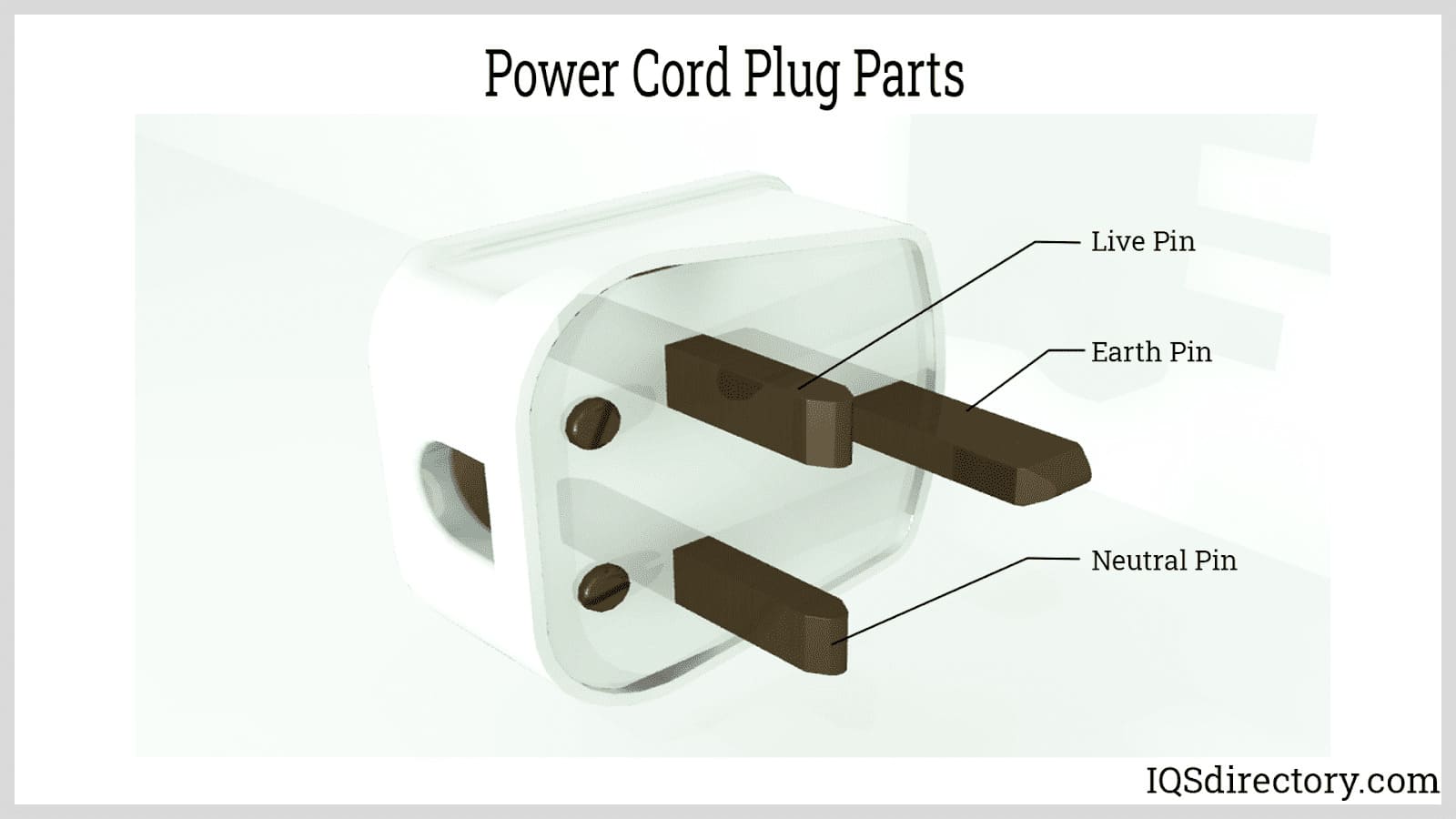
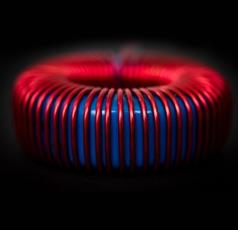 Electric Coils
Electric Coils Electric Switches
Electric Switches Electric Transformers
Electric Transformers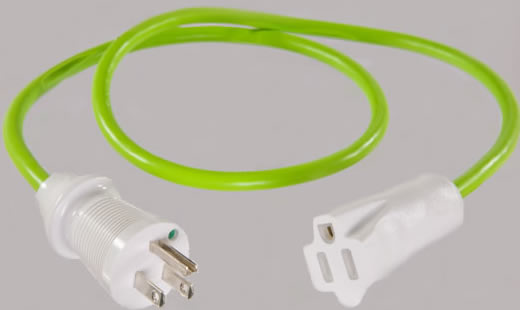 Electronic Connectors
Electronic Connectors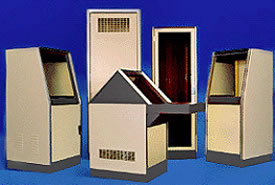 Electronic Enclosures
Electronic Enclosures EMI Shielding
EMI Shielding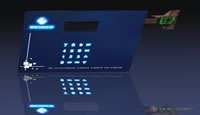 Membrane Switches
Membrane Switches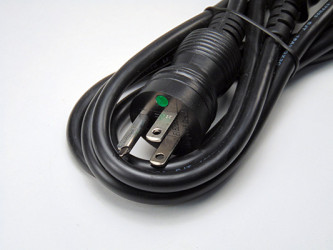 Power Cords
Power Cords Static Eliminators
Static Eliminators Castings & Forgings
Castings & Forgings Bulk Material Handling
Bulk Material Handling Electrical & Electronic Components
Electrical & Electronic Components Flow Instrumentation
Flow Instrumentation Hardware
Hardware Material Handling Equipment
Material Handling Equipment Metal Cutting Services
Metal Cutting Services Metal Forming Services
Metal Forming Services Metal Suppliers
Metal Suppliers Motion Control Products
Motion Control Products Plant & Facility Equipment
Plant & Facility Equipment Plant & Facility Supplies
Plant & Facility Supplies Plastic Molding Processes
Plastic Molding Processes Pumps & Valves
Pumps & Valves Recycling Equipment
Recycling Equipment Rubber Products & Services
Rubber Products & Services